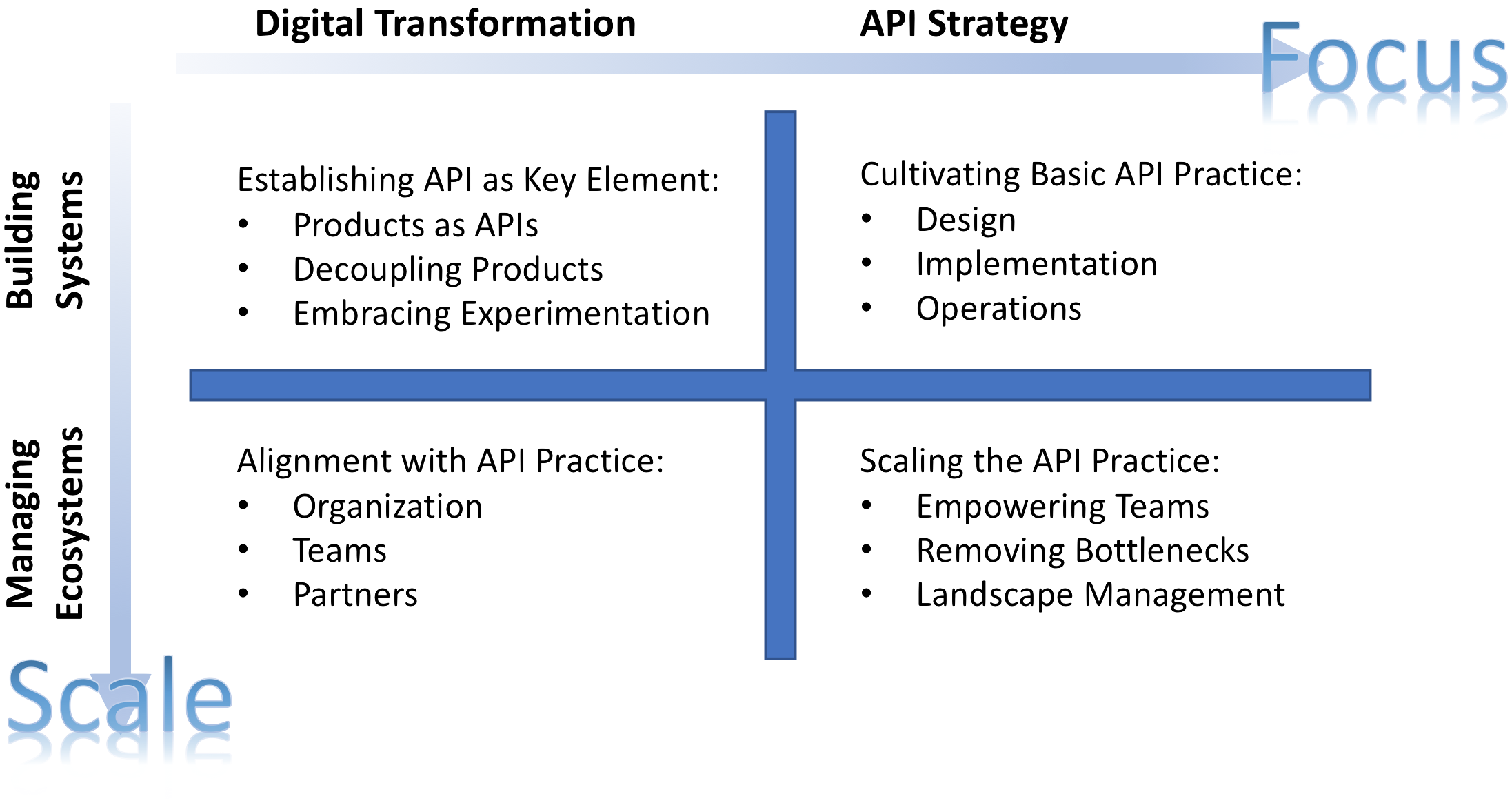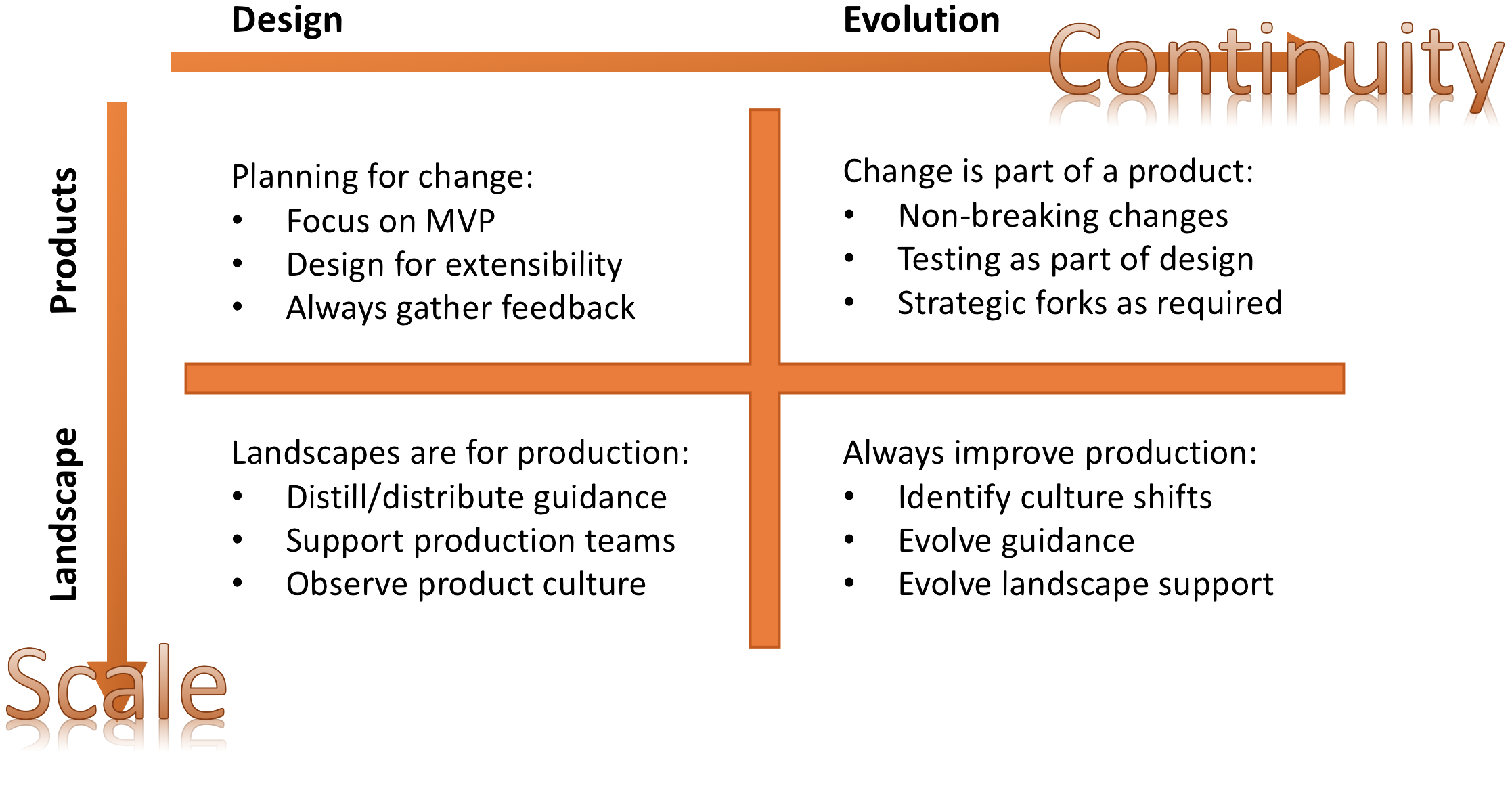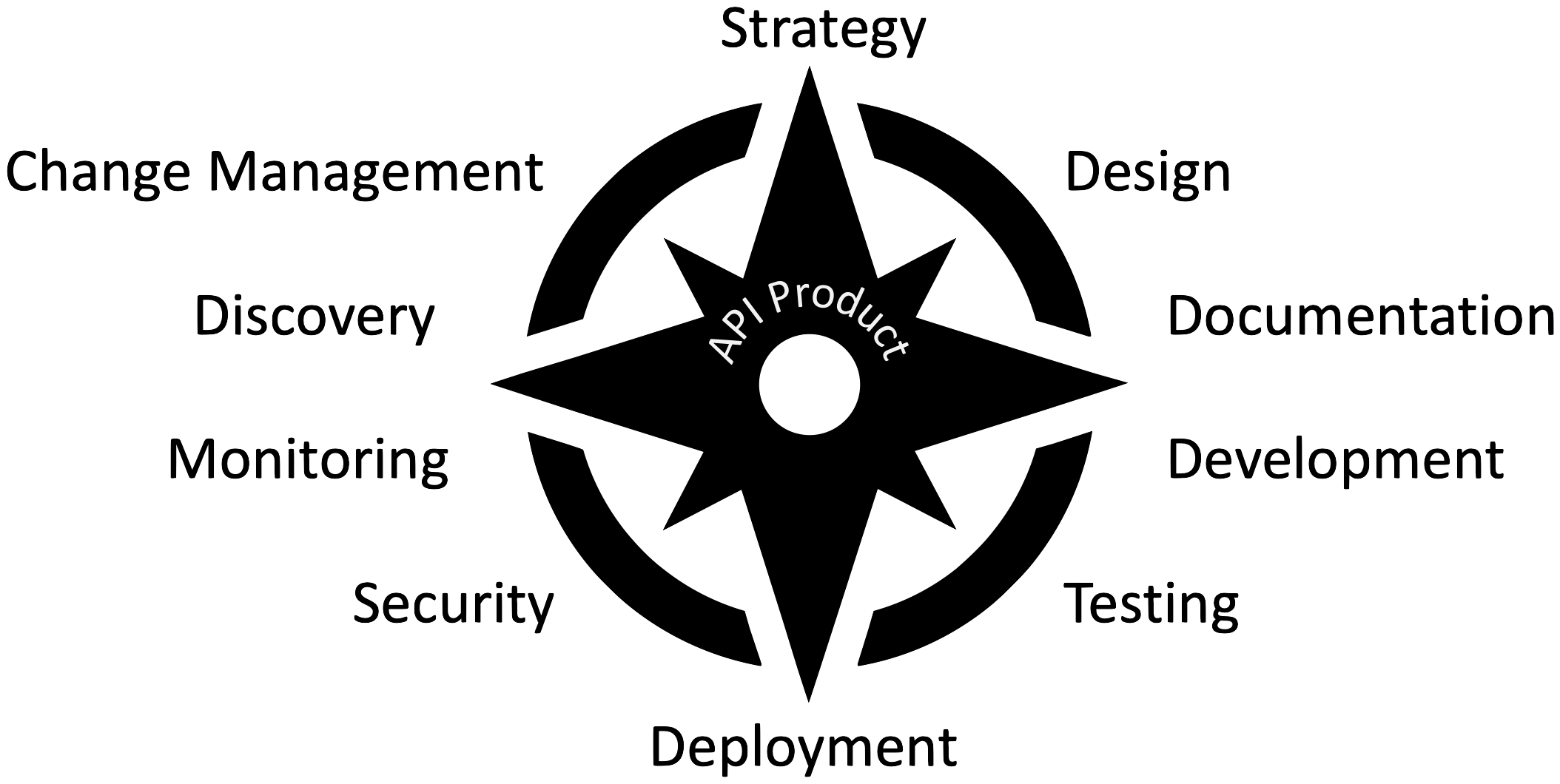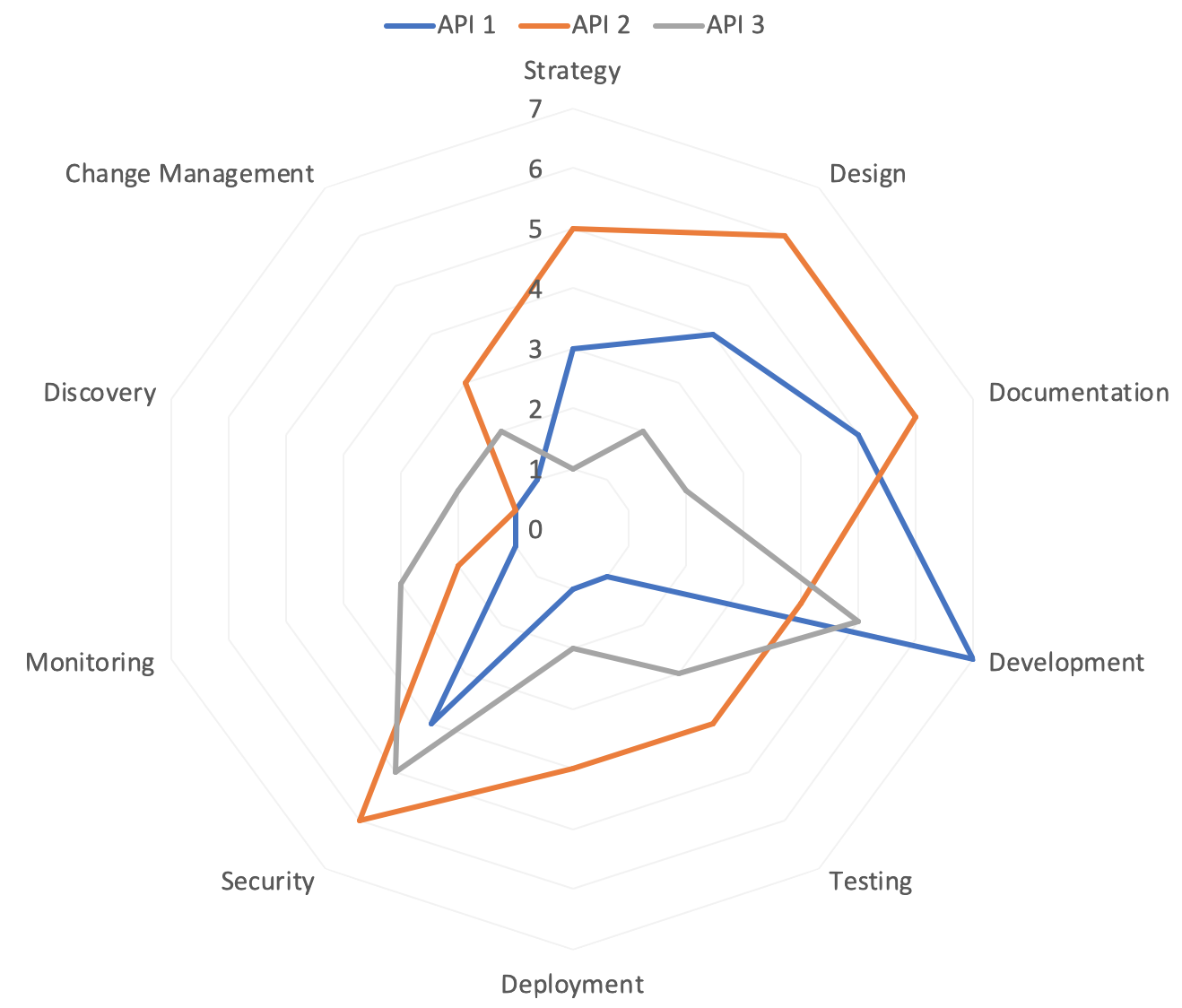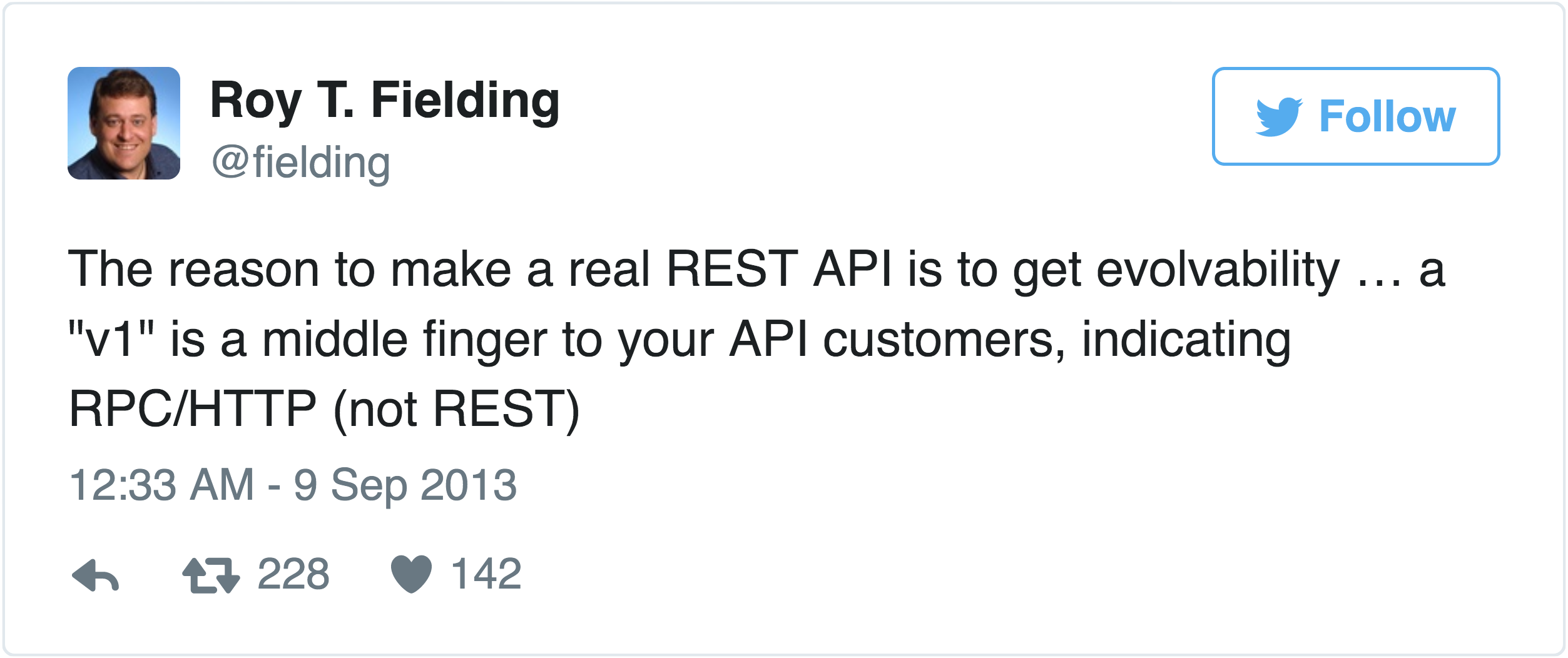(31) XML Content Extension
<address>
<name>Peter Pan</name>
<street>Kensington Gardens 42</street>
<city>2076 Neverland</city>
</address>
<address>
<name>Harry Potter</name>
<street>4 Privet Drive</street>
<city>Little Whinging</city>
<title>Wizard</title>
</address>
(32) XML Content Extension: XSD Schema
<xs:schema xmlns:xs="http://www.w3.org/2001/XMLSchema">
<xs:element name="address">
<xs:complexType>
<xs:sequence>
<xs:element name="name" type="xs:string"/>
<xs:element name="street" type="xs:string"/>
<xs:element name="city" type="xs:string"/>
<xs:any namespace="##any" processContents="lax" minOccurs="0" maxOccurs="unbounded"/>
</xs:sequence>
</xs:complexType>
</xs:element>
</xs:schema>
(33) JSON Content Extension
{"address": {
"name": "Peter Pan",
"street": "Kensington Gardens 42",
"city": "2076 Neverland"
}}{"address": {
"name": "Harry Potter",
"street": "4 Privet Drive",
"city": "Little Whinging",
"title": "Wizard"
}}
(35) Extending Controls in HAL
"_links": {
"self": { "href": "/orders/124" },
"http://example.com/docs/rels/basket": { "href": "/baskets/97213" },
"http://example.com/docs/rels/customer": { "href": "/customers/12369" }
},
"total": 20.00,
"currency": "USD",
"status": "processing"{
"_links": {
"self": {"href": "/orders/124"},
"http://example.com/docs/rels/basket": {"href": "/baskets/97213"},
"http://example.com/docs/rels/customer": {"href": "/customers/12369"},
"http://example.com/docs/rels/cancel": {"href": "cancel"}
},
"total": 20,
"currency": "USD",
"status": "processing"
}
![]() [http://creativecommons.org/licenses/by/3.0/]
[http://creativecommons.org/licenses/by/3.0/]